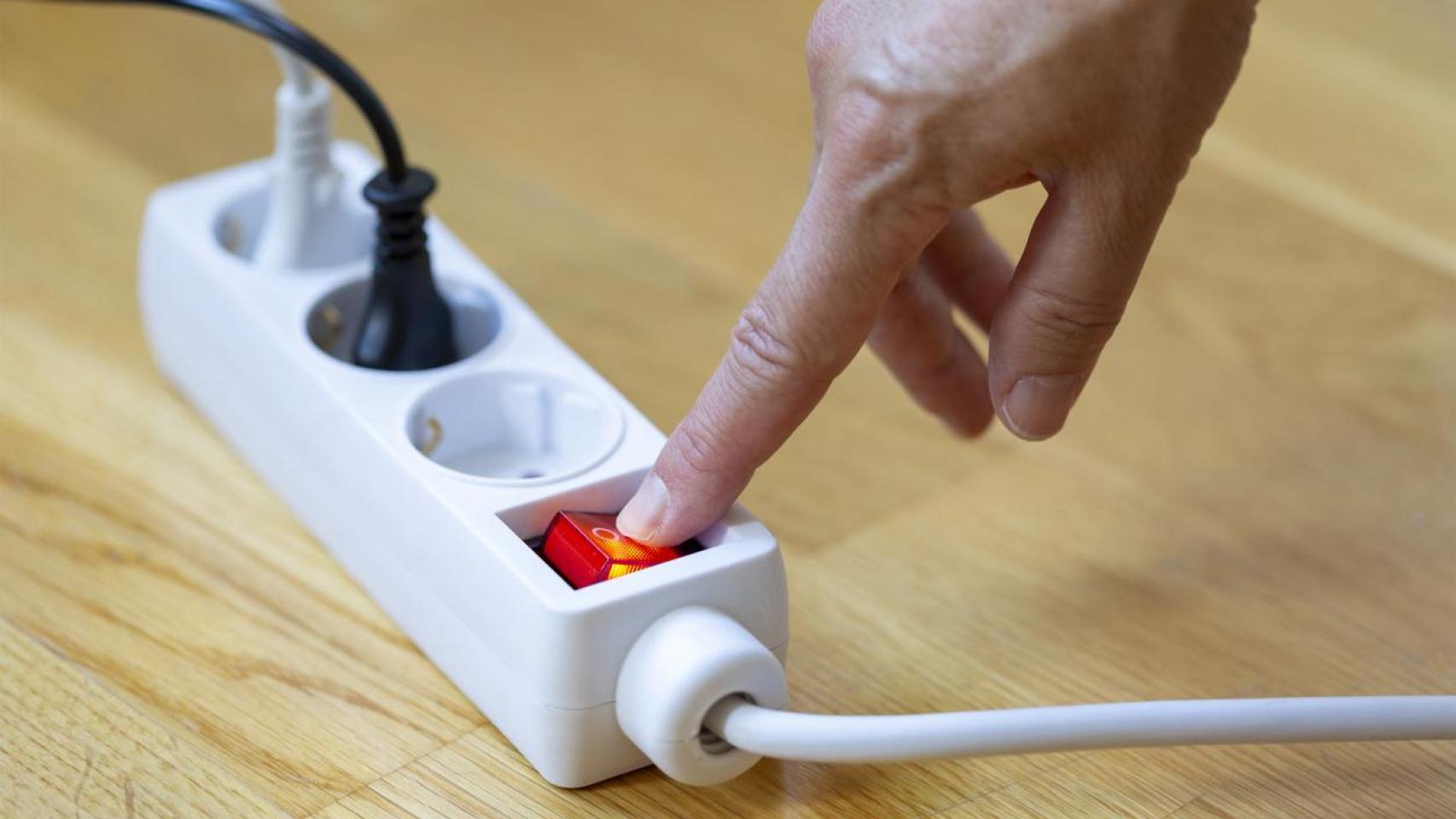In our day to day life there are many small actions that we perform automatically without stopping to think that it may not be the most appropriate thing to do, as is usually the case with the use of different electronic devices.
A clear example is found in the television, one of the devices that is not missing in any home and with which a mistake is made that can be very harmful to the TV.
In a current era in which there is increasing awareness of the environment and greater concern for achieving greater energy savings in the home, many families see in the control of consumption of appliances a good way to reduce spending on electricity, and this makes it common to control appliances from a power strip, turning them on and off from it completely.
Although doing it this way reduces the phantom consumption of electronic devices, which is the energy they use while they are not being used and remain on stand-by, sometimes it can be counterproductive.
Consequences of turning the TV on and off from the power strip.
This is why it is useful to know what happens if you turn on and off the TV from the power strip, an act that is nothing recommended for the following reasons:
- Potential damage to the device: the usual practice of turning the television on and off from the power strip exposes it to electrical surges that could cause damage to the internal components of the set. Such devices are designed to be turned on and off individually, and using the power strip as the main switch may cause fluctuations in the current that could damage the device itself.
- Start-up problems: Turning on the television means that the device starts up with the gradual and progressive startup of its components. This is why, if the power is suddenly and repeatedly cut off, the process could come to a halt, which could lead to problems in the startup and performance of the device in the long term.
- Premature wear and tear: Closely related to the previous point, we find another of the great contraindications that has the action of turning on and off the TV directly from the power strip. Given that current electronics are based on complex circuits and delicate components, performing this action frequently can accelerate the wear of these components, which will result in a shorter life of the device and other devices that are connected to it.
- Upgrades and maintenance: Finally, you should keep in mind that, as with other electronic devices, televisions need, from time to time, firmware updates to improve their performance and fix potential problems and vulnerabilities. These updates are usually performed automatically while the device is inactive, so if the TV is systematically turned off from the power strip, it could be preventing the updates to be performed in the most appropriate way.
Taking all these reasons into account, it is advisable to stop using the power strip as the main TV switch. It is preferable to use the remote control or its on/off button. In case you are concerned about its energy consumption, you can use the energy-saving features that incorporate more and more electronic devices.
How to reduce TV power consumption and save energy.
Depending on the TV model and its brand, we can enjoy different features and settings that can help us to reduce its energy consumption and achieve savings without having to put it at risk by turning it on and off from the power strip. Some settings you can make to make your TV set more efficient from the energetic point of view immediately are the following:
- Activate the “Energy saving” mode: if your TV includes the “Energy Saving” mode, which is the most common in current models, you may be able to activate it and even be able to set it between Off, Low or High. Opting for the latter, the TV itself will adjust the brightness and panel control to reduce power consumption.
- Decreases the brightness of the TV and adjusts the contrast: On TV sets it is possible to reduce the TV brightness and adjust the contrast, so if you do not have an energy saving mode or want to adjust it further, it is advisable to carry out both adjustments manually, which can save a large amount of electrical energy.
- Low-power image mode: if the TV includes different preset picture modes, you should be aware that some of them consume more power than others, so you should choose the ones with the lowest power consumption.
- TV environmental sensor: Many of the latest TV models on the market include an ambient light sensor. This setting can be activated to allow the TV’s light sensor to detect the amount of light in the room, so that you can ensure that the screen does not shine brighter than necessary at any given moment, thereby saving energy.
- Turn off the screen while listening to music: if you listen to the radio or a music streaming service on your TV, you can use the “No picture” setting on your TV to save power while listening to music.
